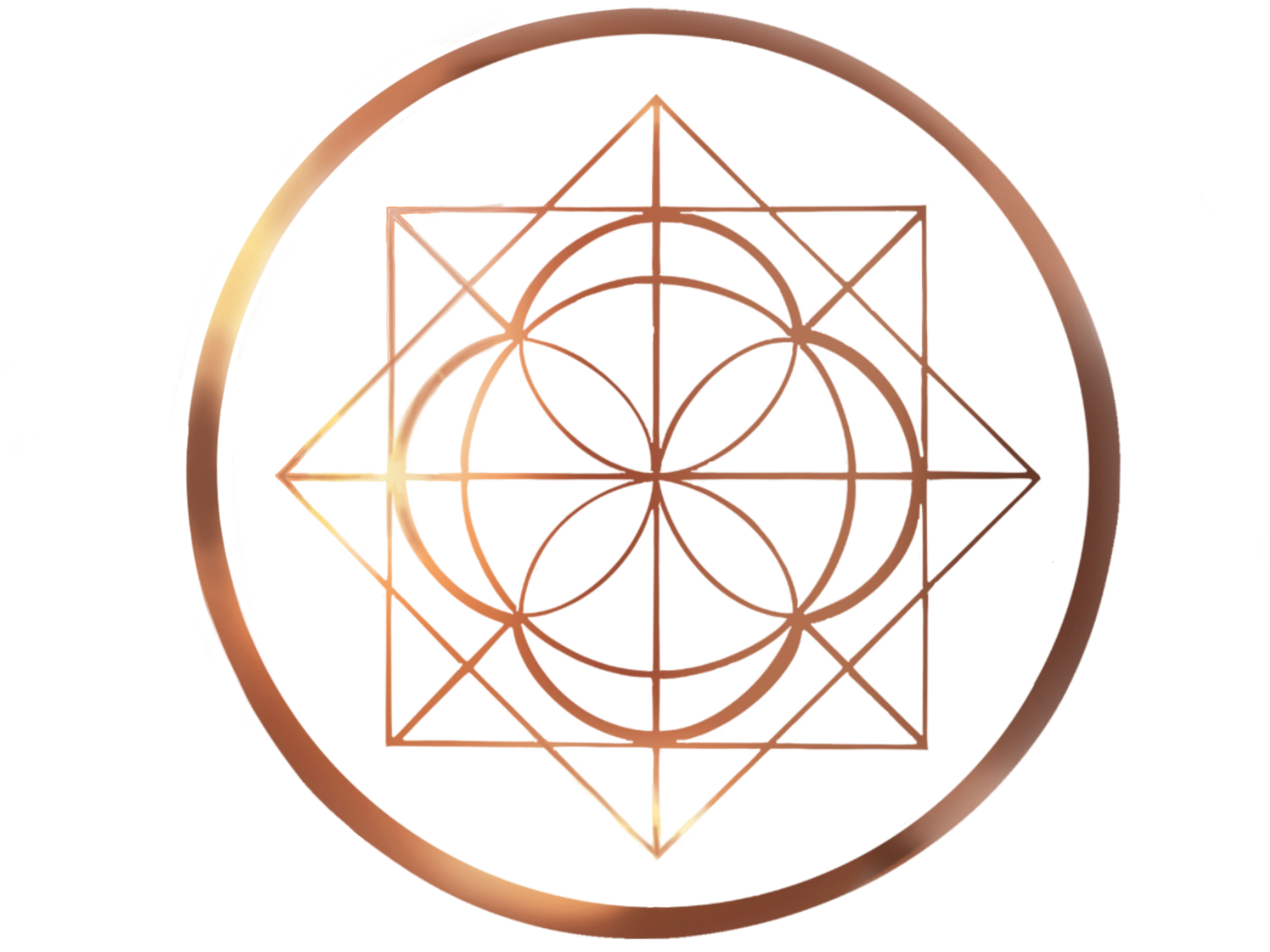
Āyurveda’s “Definition of Health” according to Sushutra Samhita
सम दोषाः समाग्निश्च सम धातु मल क्रियाः ।
प्रसन्नात्मेन्द्रिय मनाः स्वस्थ इत्यभिधीयते ॥
Samadoṣāḥ samāgniś ca sama dhātu mala kriyāḥ
Prasannātmendriya manāḥ svastha iti abhidhīyate
– Sushruta Samhita ~ Sutra Sthana xv 33
According to the Suśruta Saṃhitā, one of the foundational texts of classical Āyurveda written by the ancient physician Suśruta, health is defined as a state in which the three doshas (bio energies) are in balance, digestion functions properly, bodily tissues and waste systems are working efficiently, and the mind, senses, and spirit are in a state of deep contentment.
Striving for this balance supports not only the prevention of disease but also the cultivation of lasting well-being. In Āyurveda, true health is not limited to the body. It includes the clarity of the mind and the harmony of the spirit. Health is seen as a complete state of being, grounded in the understanding that we are whole and interconnected.
What is Āyurveda?
Āyurveda is an ancient system of medicine that originated in India over 5,000 years ago. It is a holistic approach to wellness that considers every aspect of health—physical, mental, emotional, and spiritual.
According to Āyurveda, when the body's bio-energies, known as doshas, work together harmoniously, the digestive fire (agni) functions smoothly, and the elimination of waste (malas) is well-coordinated. This creates a foundation for health and happiness in body, mind, and soul.
The Five Elements (Pancha Mahā Bhūtas)
Āyurveda is rooted in the understanding of the five elements of nature:
Ether (Ākāśa)
Air (Vāyu)
Fire (Tejas)
Water (Āpas)
Earth (Pṛthvī)
These elements are the building blocks of all matter, including the human body and mind. The unique combination of these elements in each individual gives rise to different physical and mental tendencies.
Āyurveda as a Living Science
Āyurveda carries thousands of years of precise, lived knowledge. It offers deep insight into how our daily choices—what we take in through the five senses, the foods we eat, the herbs we use, the way we respond to stress, and how we move with the seasons—shape our physical, mental, and spiritual well-being.
It does not stop at symptom management. Āyurveda reveals how the five elements combine uniquely in each of us, giving rise to our constitution, tendencies, and patterns of imbalance. Through this lens, food is not just nutrition, and lifestyle is not just routine. Everything becomes a tool for awareness, balance, and alignment.
This is what makes Āyurveda timeless. It does not follow trends or offer temporary solutions. It teaches us to observe, to reconnect, and to live in a way that supports long-term vitality.
The Doshas: Vāta, Pitta, and Kapha
When the five elements combine in subtle form, they create the three doshas—bio-intelligences that govern all bodily and mental functions:
Vāta (Movement)
Composed of ether and air. Governs motion, breath, circulation, and communication. Linked to the cosmic force of Vāyu.
Pitta (Transformation)
Composed of fire and water. Governs digestion, metabolism, temperature regulation, and discernment. Corresponds to Sūrya.
Kapha (Nourishment and Cohesion)
Composed of earth and water. Governs structure, lubrication, immunity, and emotional steadiness. Associated with Soma, the lunar essence that restores and sustains.
Each dosha is a dynamic expression of universal energy. When balanced, they maintain health. When imbalanced, they become the root of disease. Āyurveda teaches us to recognize these imbalances and respond with awareness.
Health Benefits of Āyurveda
Āyurveda supports healing at every level of life—physical, emotional, and energetic. Its personalized approach recognizes that no two people are alike, and that wellness comes from understanding and honoring individual needs.
Common conditions supported by Āyurveda include:
Anxiety and depression
Asthma
Diabetes
Autoimmune disorders
Hormonal imbalances
Painful menstruation (dysmenorrhea), PMS, and menopausal issues
High blood pressure and cholesterol
Parkinson’s disease
Dementia and Alzheimer’s
Certain types of cancer
Herpes and other skin conditions
Āyurvedic herbs and practices also support:
Clearer skin and stronger hair
Improved digestion and gut health
Detoxification and toxin elimination
Reduced inflammation and joint pain
Better energy and reduced fatigue
Healthy metabolism and weight balance
Calmer mind and sharper focus
Stronger immune resilience
Āyurveda’s View of Health and Healing
The word Āyurveda comes from two Sanskrit roots: āyus meaning life, and veda meaning knowledge. It literally means “the knowledge of life”—not just how to prevent or treat disease, but how to live with clarity, intention, and vitality.
Unlike conventional medicine, which often treats symptoms in isolation, Āyurveda looks deeper. It recognizes that illness arises not just from the body, but from imbalance with nature, disconnection from rhythm, and disharmony within the self.
Healing in Āyurveda is not about controlling the body but working with it. It honors your constitution, your environment, your mindset, and your way of life as a whole system.
Our Approach at Amogha Āyurveda
At Amogha Āyurveda, we believe that health is not simply the absence of disease, but the restoration of natural balance. Using the timeless principles of Āyurveda, we guide individuals to reconnect with their innate intelligence and uncover the deeper roots of imbalance.
By understanding and working with the doshas—Vāta, Pitta, and Kapha—we help each person create the conditions for true vitality. Whether you are managing a long-term condition or simply seeking greater clarity and energy, our approach is personal, practical, and deeply rooted in classical knowledge.
Āyurveda reminds us that healing is not outside of us. It is woven into the way we live, the way we think, and the way we remember who we truly are.

